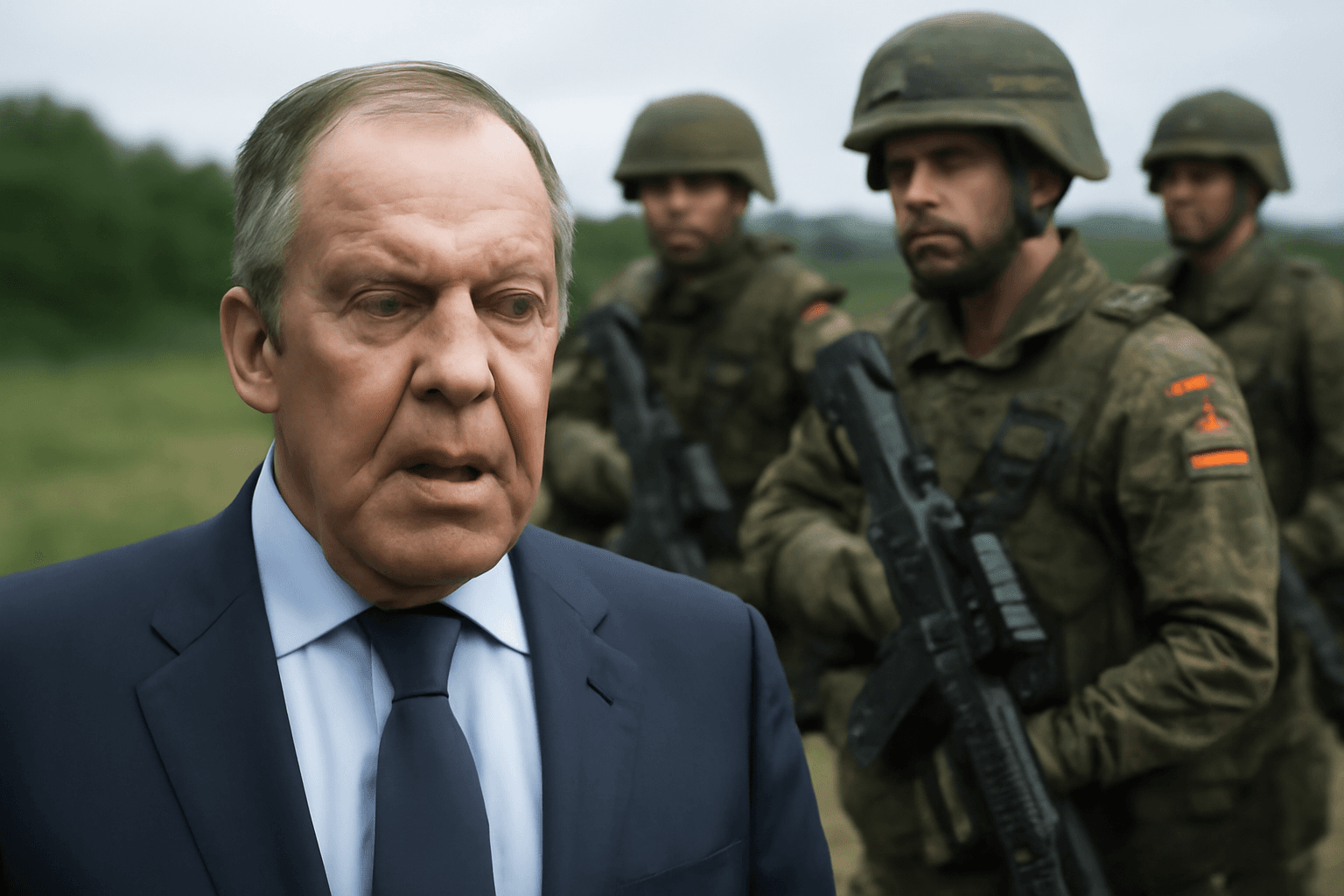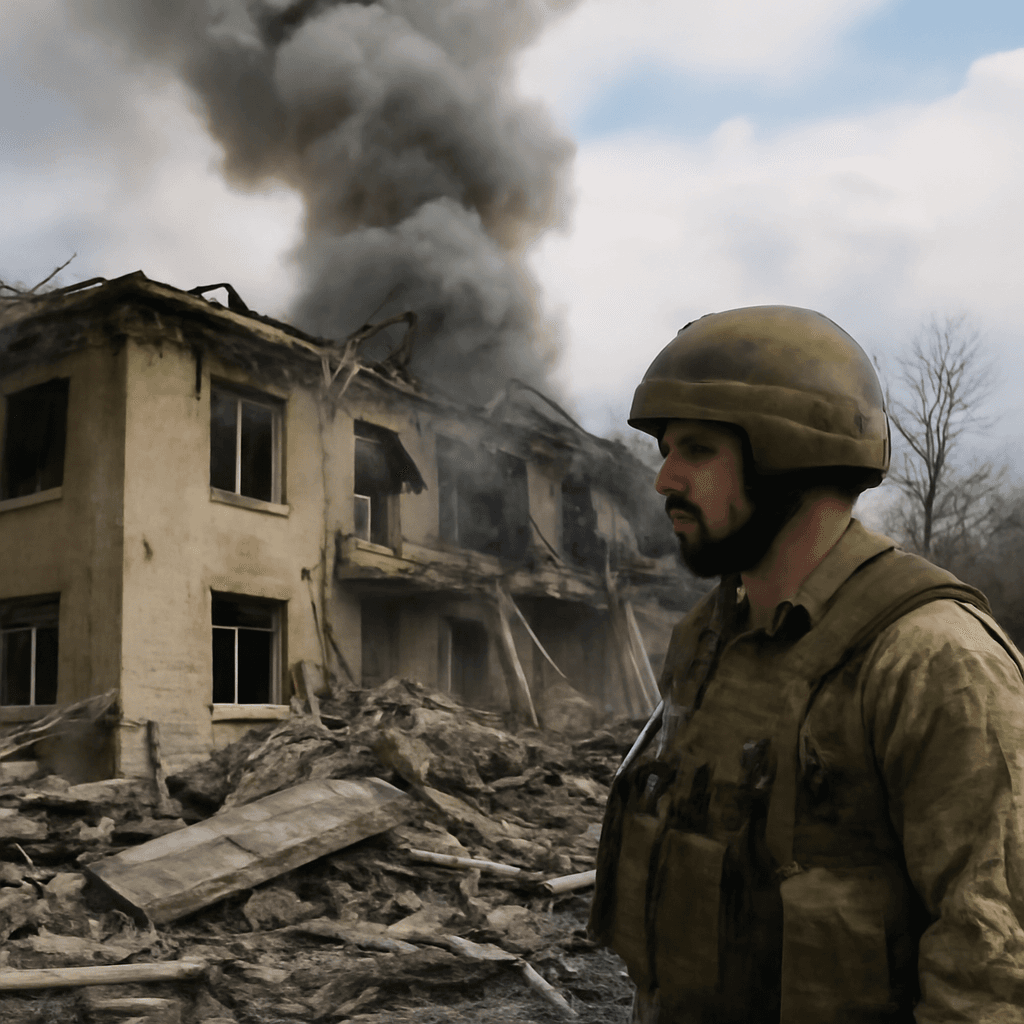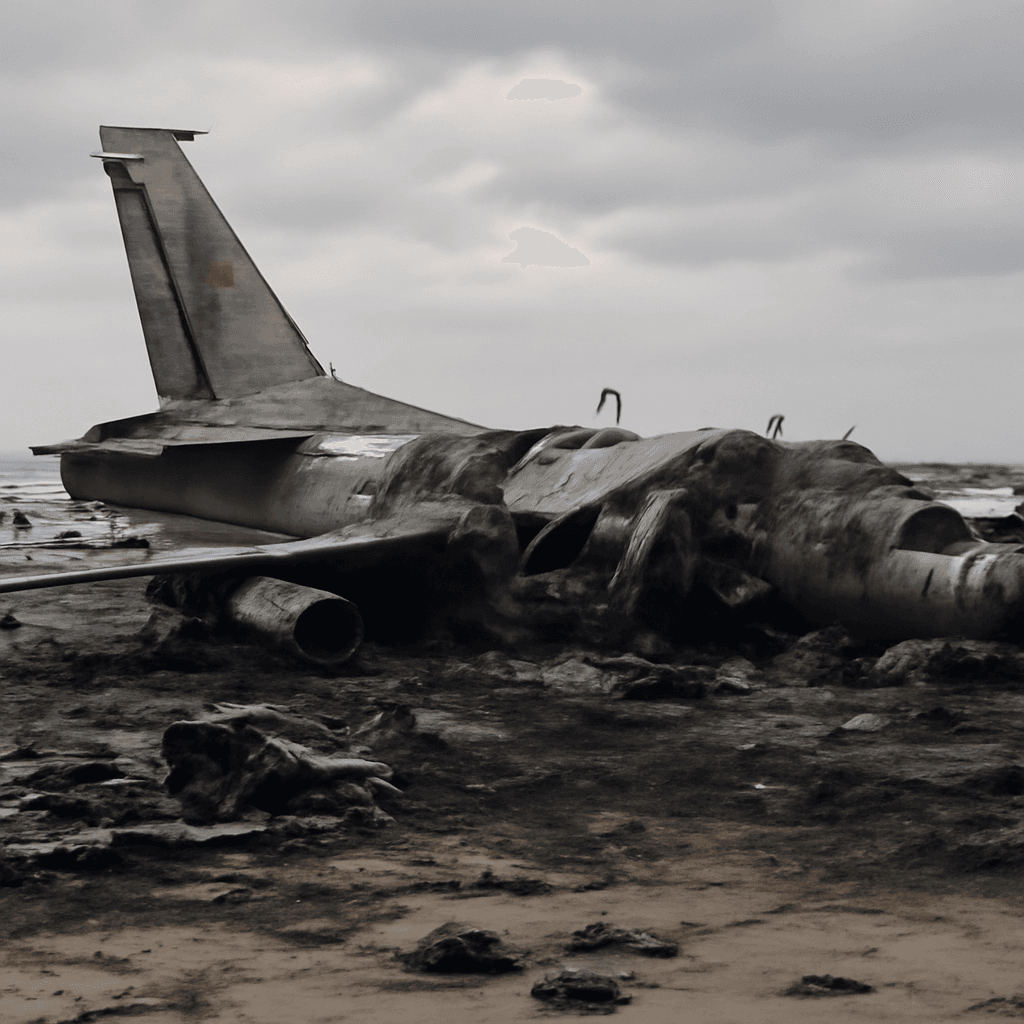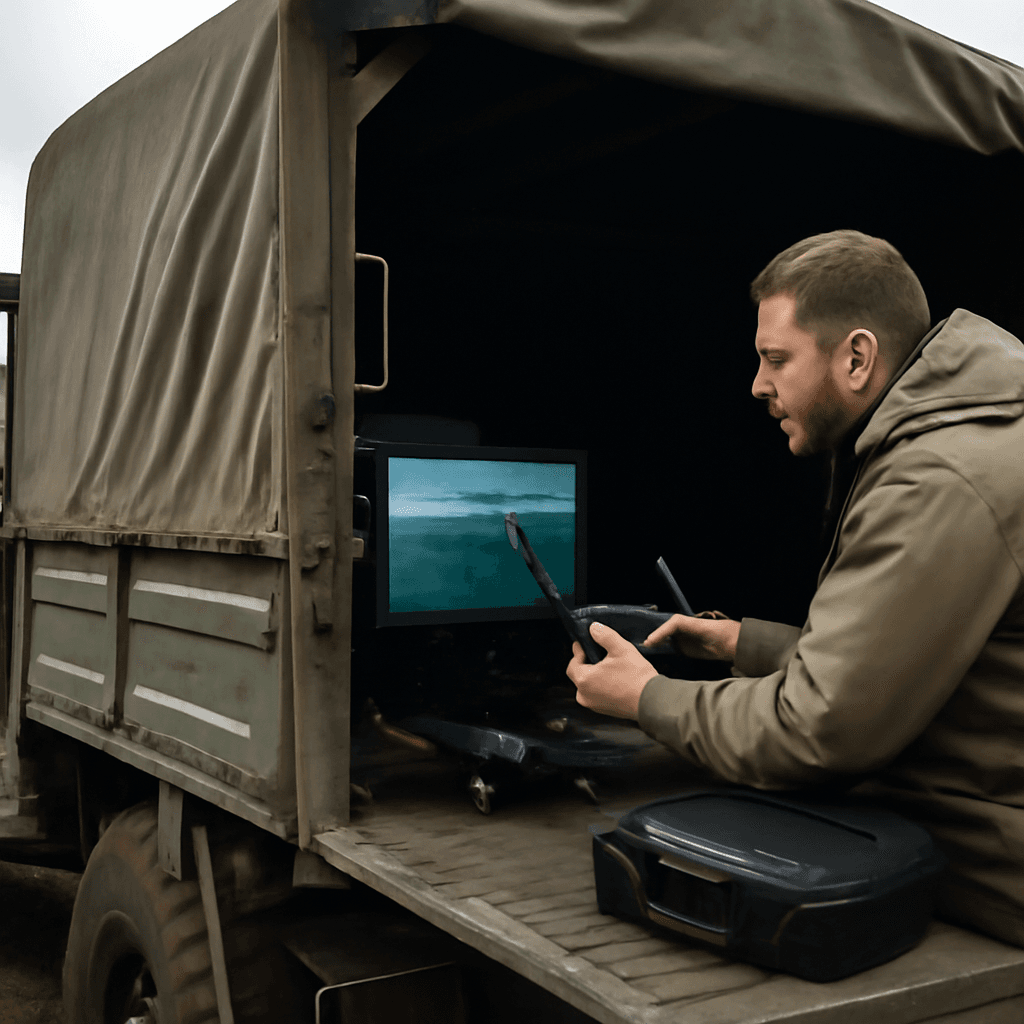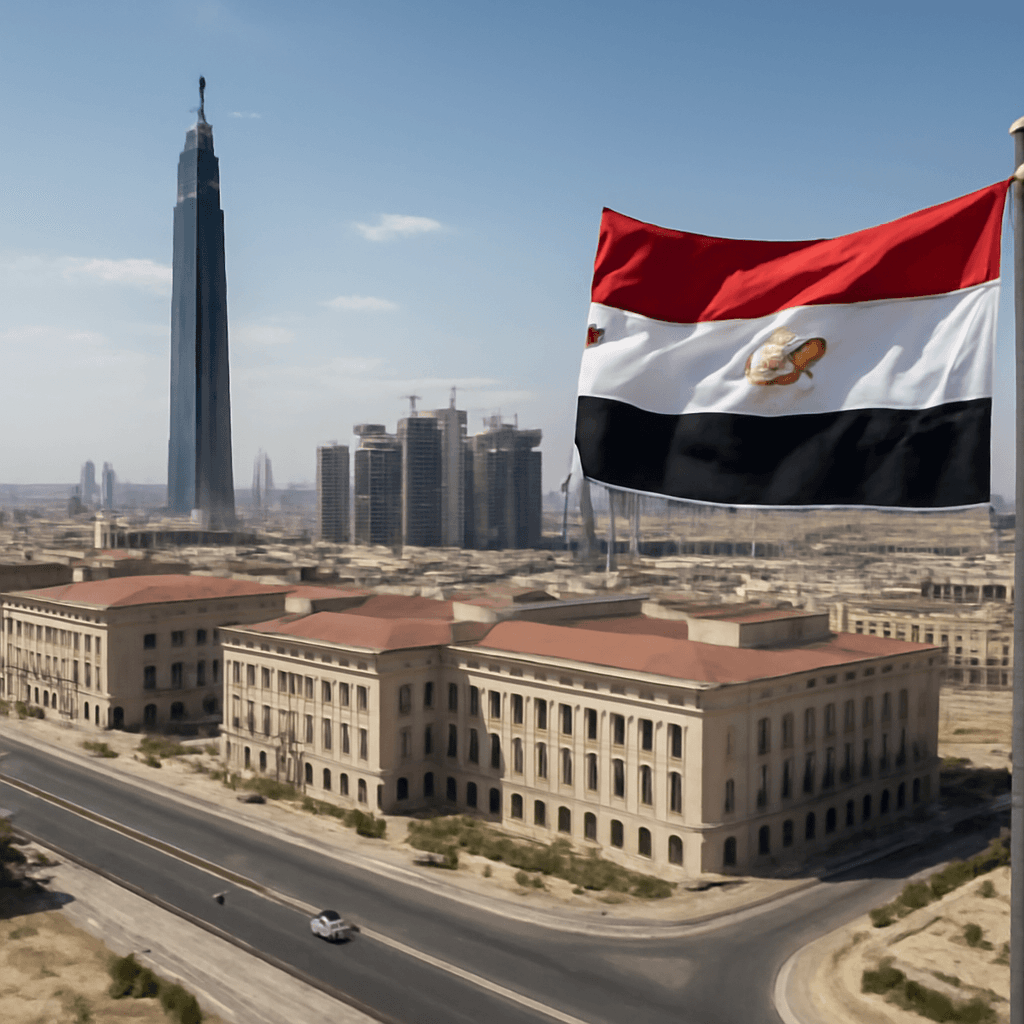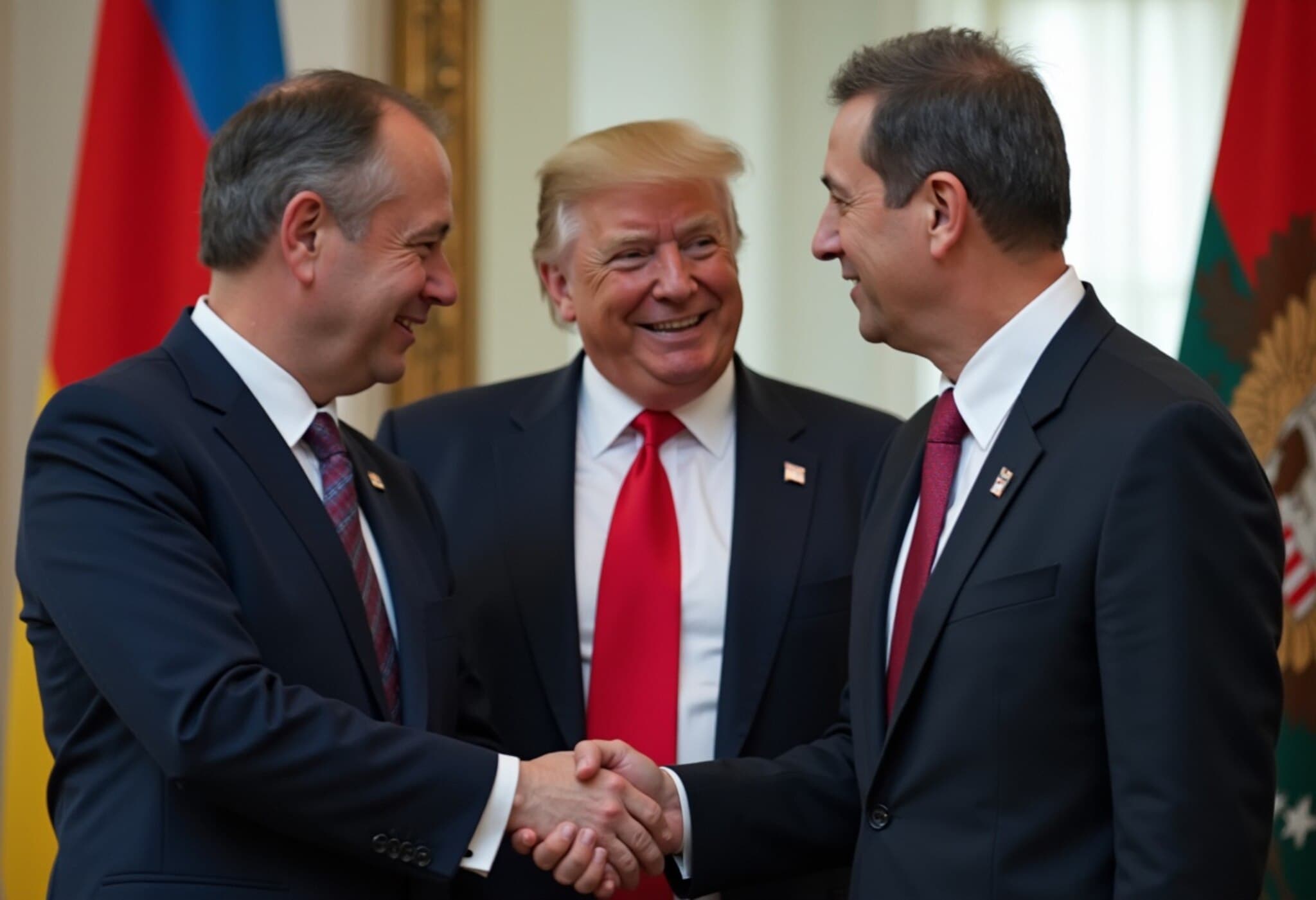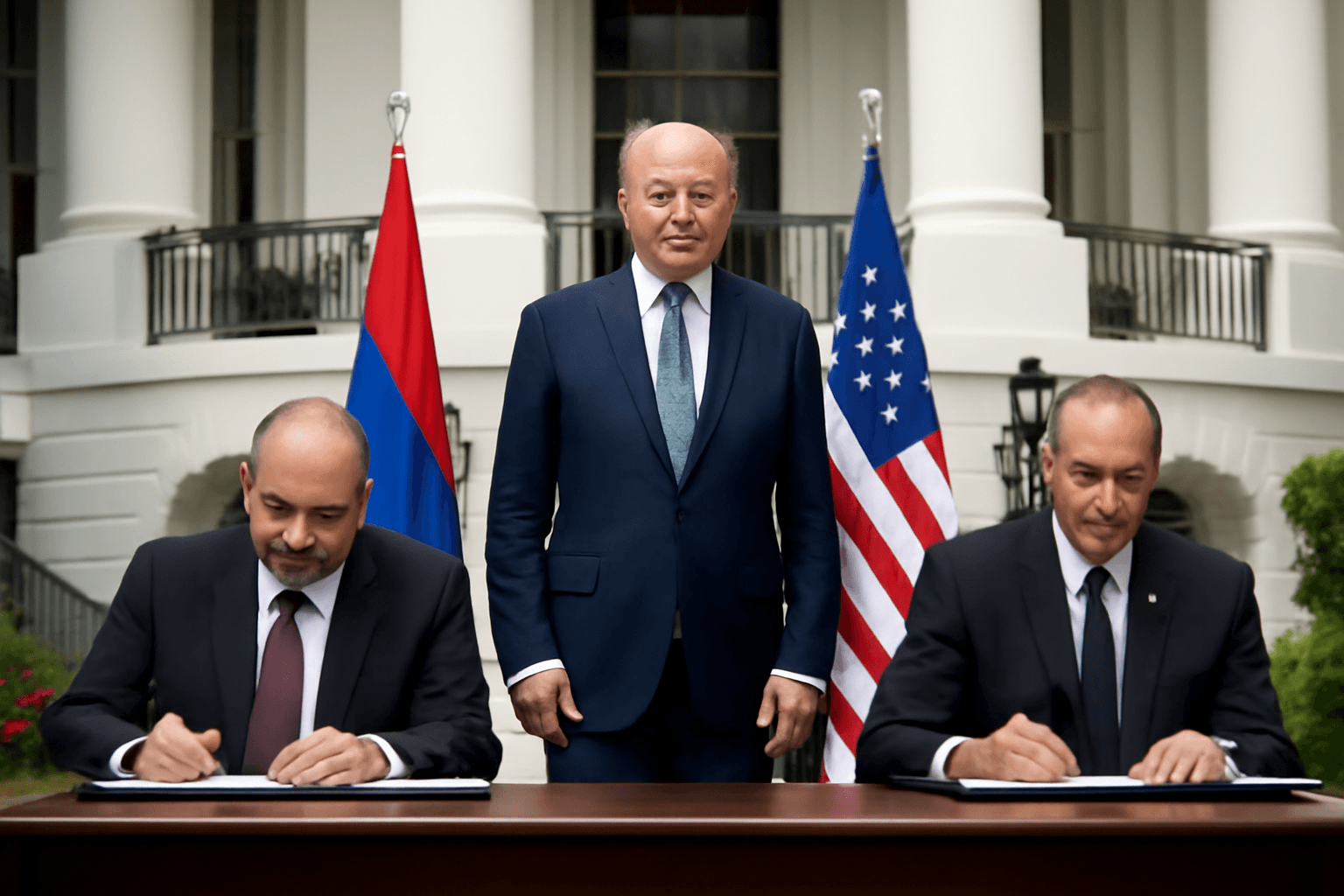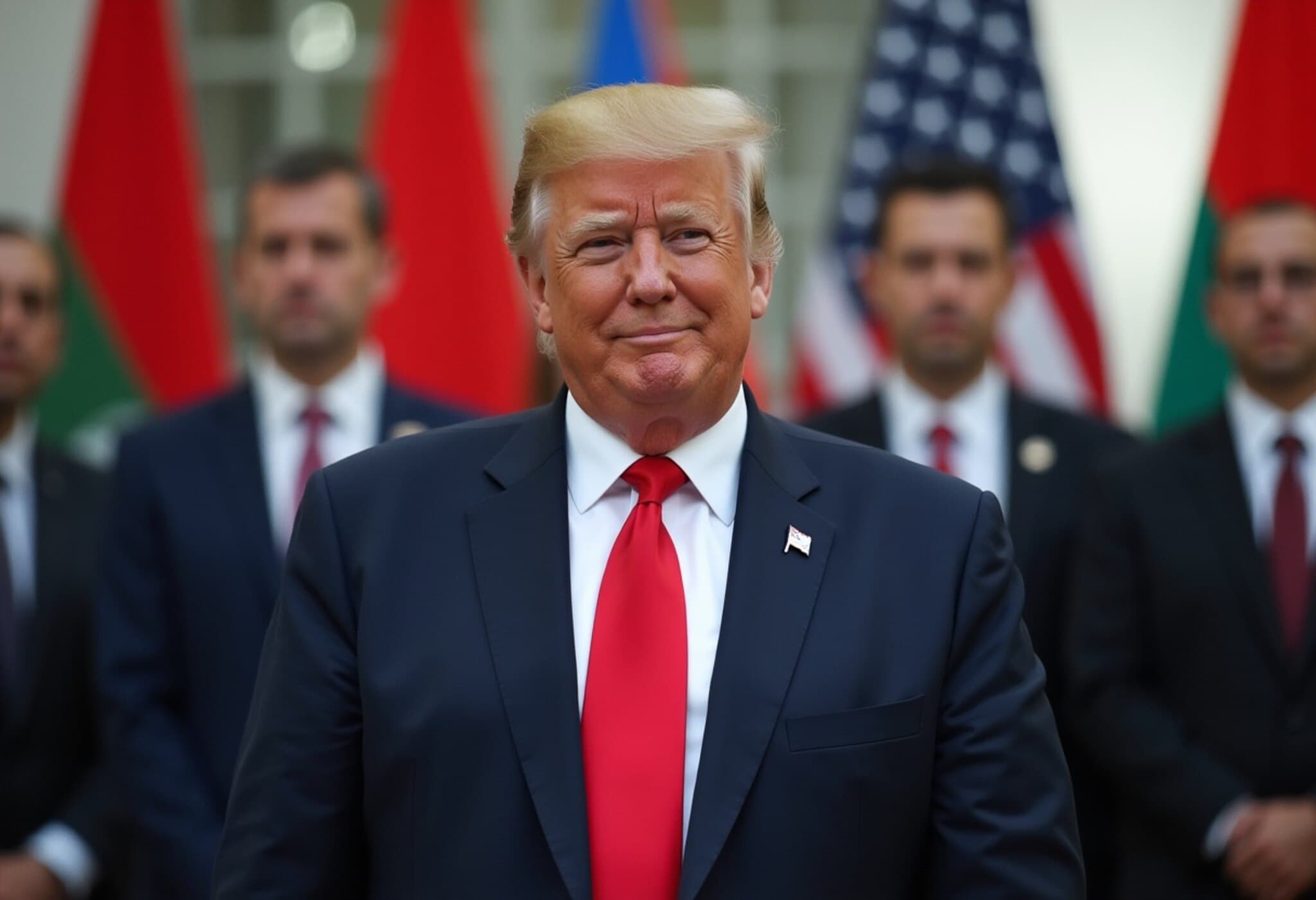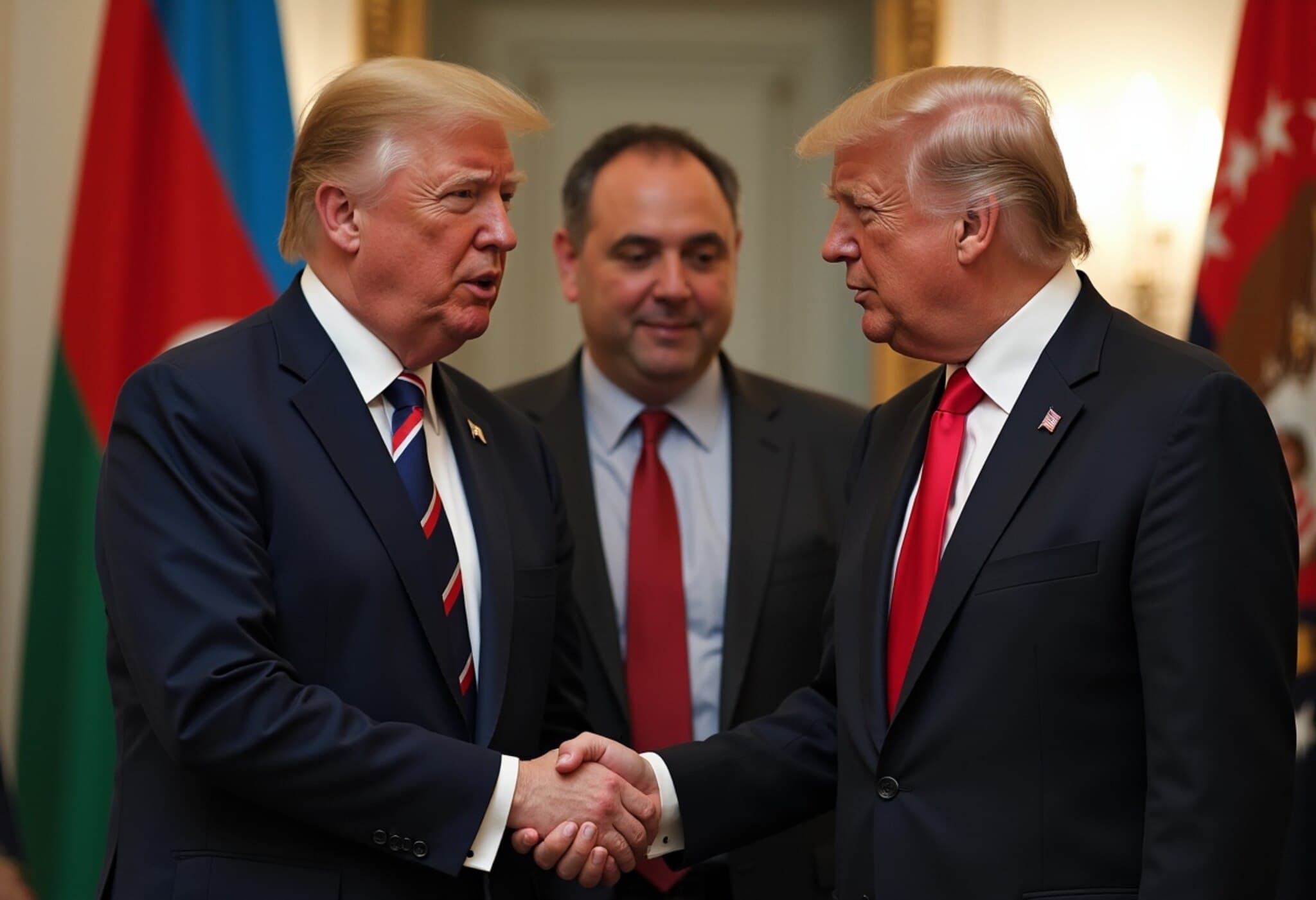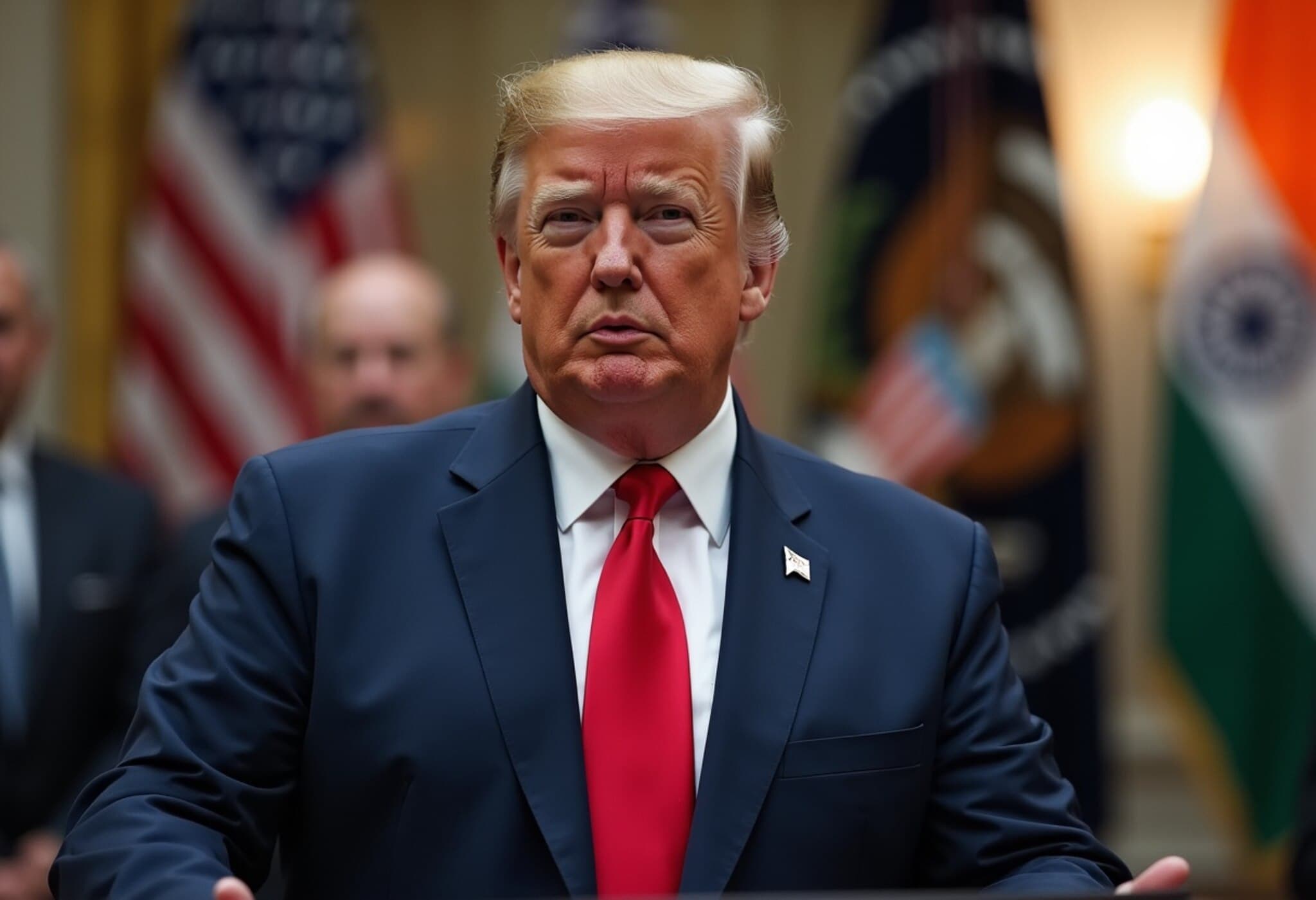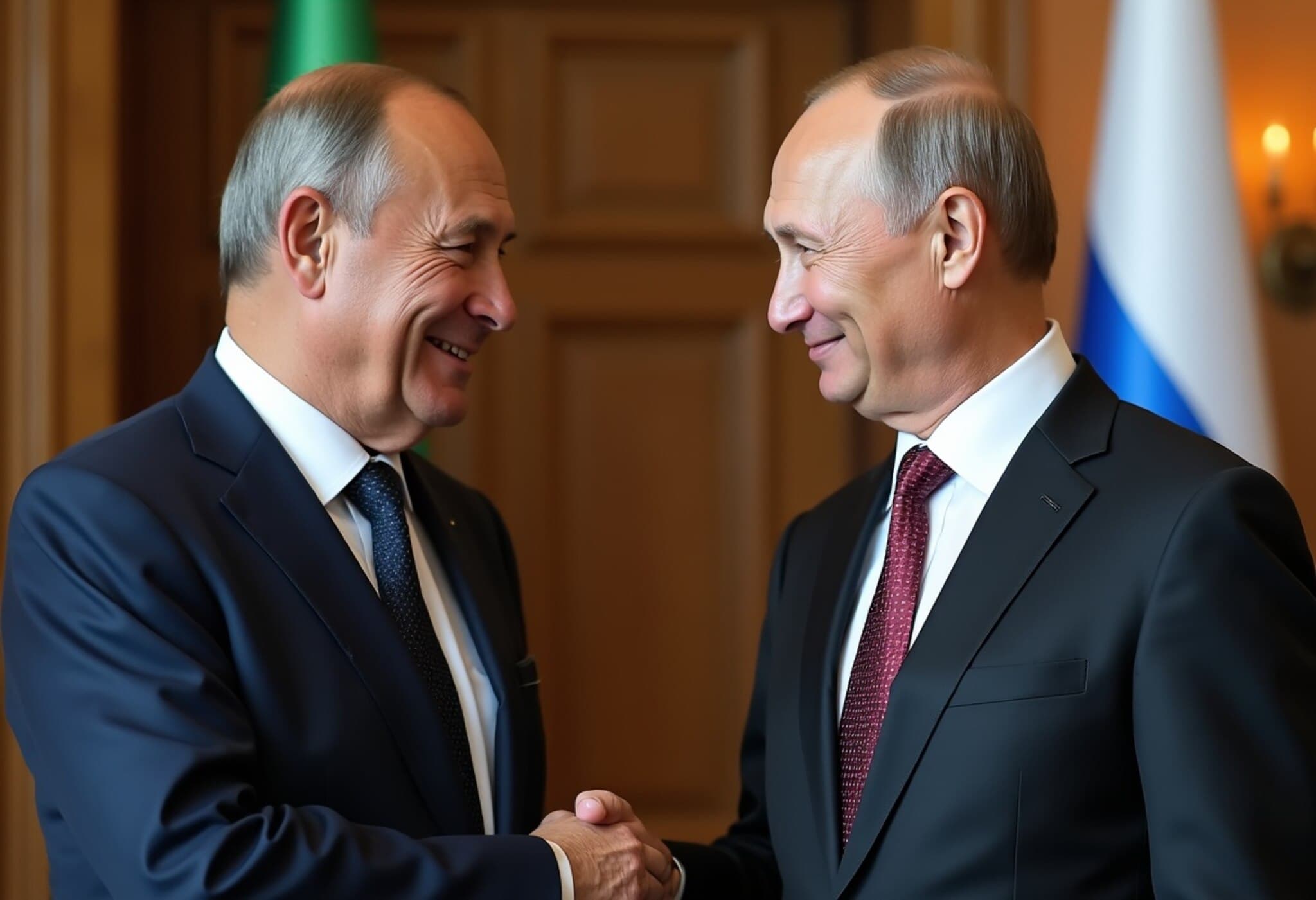Iran Voices Strong Opposition to US-Backed Transport Corridor in South Caucasus
In a rapidly evolving geopolitical development, Iran has issued a stern warning against the newly proposed transport corridor spanning Azerbaijan and Armenia. The corridor, unveiled at a White House ceremony on August 8, 2025, under the banner of the Trump Route for International Peace and Prosperity (TRIPP), represents a significant US-backed initiative to foster peace and economic collaboration in the historically fraught South Caucasus region.
What is the TRIPP Corridor?
The agreement, witnessed by US President Donald Trump alongside Azerbaijani President Ilham Aliyev and Armenian Prime Minister Nikol Pashinyan, envisages a vital transit route that would cross southern Armenia. Critically, it would grant Azerbaijan direct access to its exclave of Nakhchivan and provide a gateway to Turkey — creating a new artery for transporting energy resources and goods.
The US has secured exclusive development rights over the corridor, signaling Washington's strategic interest in expanding its influence and securing energy exports from the region.
Iran’s Strategic Concerns and Reaction
Despite earlier diplomatic gestures welcoming regional peace efforts, Tehran rapidly shifted tone, with Ali Akbar Velayati, a senior adviser to Iran’s supreme leader, vowing to "block" any passage that might redefine regional geopolitics without Tehran's consent.
Velayati emphasized military readiness through recent exercises in northwest Iran, indicating Tehran’s resolve to deter any initiatives perceived as threatening its border security and regional stature. His stark assertion that the corridor “will not become a passage owned by Trump, but rather a graveyard for Trump’s mercenaries” underlines the heightened tensions surrounding this project.
Regional Power Dynamics and Russia’s Exclusion
Perhaps most strikingly, Russia — traditionally a key power broker and Armenia's ally — was notably absent from the negotiations. Moscow expressed support for the peace summit but urged solutions crafted by regional players with involvement from neighbors, advocating caution toward Western-backed mediation, referencing the “sad experience” of outside interference in Middle Eastern conflicts.
This sidelining of Russia signals a potential shift in South Caucasus power balances, raising critical questions about Moscow’s future role amid US and NATO member Turkey’s increasing engagement.
Legacy of Conflict and Path to Peace
The corridor aims to cement a new chapter after decades of hostility, mainly over the Nagorno-Karabakh region. After Azerbaijan regained full control in 2023, a mass exodus of nearly 100,000 ethnic Armenians underscored the tragic human cost and lingering tensions.
Azerbaijan’s ambassador to Britain, Elin Suleymanov, hailed the deal as a “paradigm shift” poised to boost regional prosperity by unlocking transport routes and economic opportunities. However, he also flagged constitutional hurdles in Armenia, where revision is needed to remove territorial claims on Nagorno-Karabakh before a final peace treaty can be signed.
Unresolved Challenges and Political Realities
While Armenia’s Prime Minister Pashinyan supports the corridor concept, plans to hold a referendum on constitutional changes remain unset, with parliamentary elections scheduled for June 2026. This delay injects uncertainty into the timeline for realizing the transport link’s full potential.
Experts like Joshua Kucera of the International Crisis Group warn that key operational issues—security protocols, customs procedures, and reciprocal access rights—remain murky and could derail implementation.
What Lies Ahead?
- Geopolitical Tensions: Iran’s opposition underscores the complexity of balancing regional security concerns.
- Power Shifts: Russia’s marginalization could alter traditional alliances and influence.
- Economic Prospects: If successful, the corridor could transform trade flows and foster lasting peace.
- Legal and Political Hurdles: Constitutional reforms in Armenia and diplomatic negotiations remain key obstacles.
Editor’s Note
The TRIPP corridor initiative highlights the intricate intersection of local security, international diplomacy, and economic aspirations in the South Caucasus. While the US-driven deal promises a new era of cooperation, it simultaneously exposes unresolved nationalist grievances and complex regional rivalries, especially with Iran's aggressive pushback. Observers should watch closely how Armenia’s internal political developments and broader great-power contestations between the US, Russia, and Iran shape the fate of this ambitious corridor. The future of peace in the Caucasus may well rest on how these competing interests find common ground or further fracture the region.


